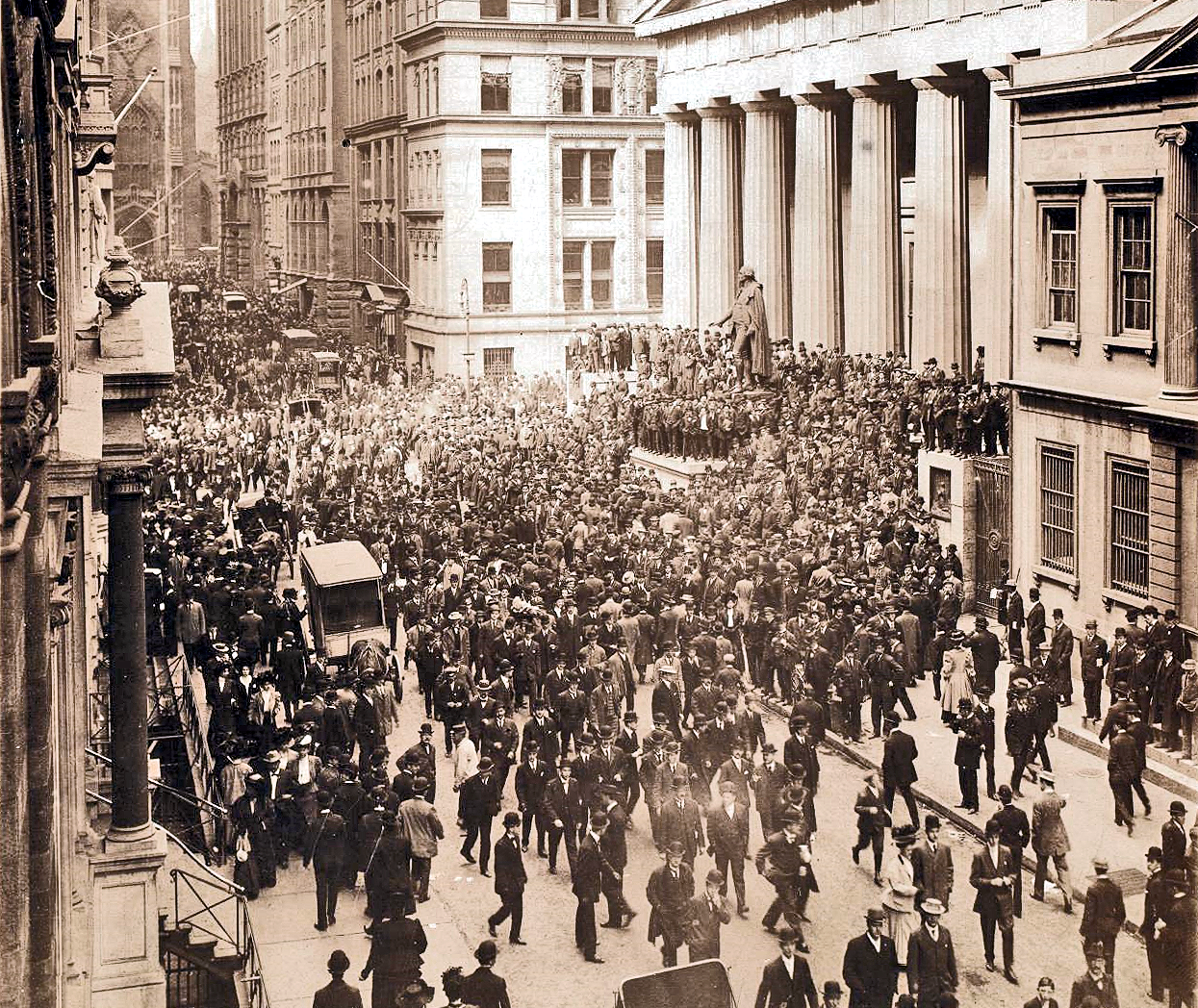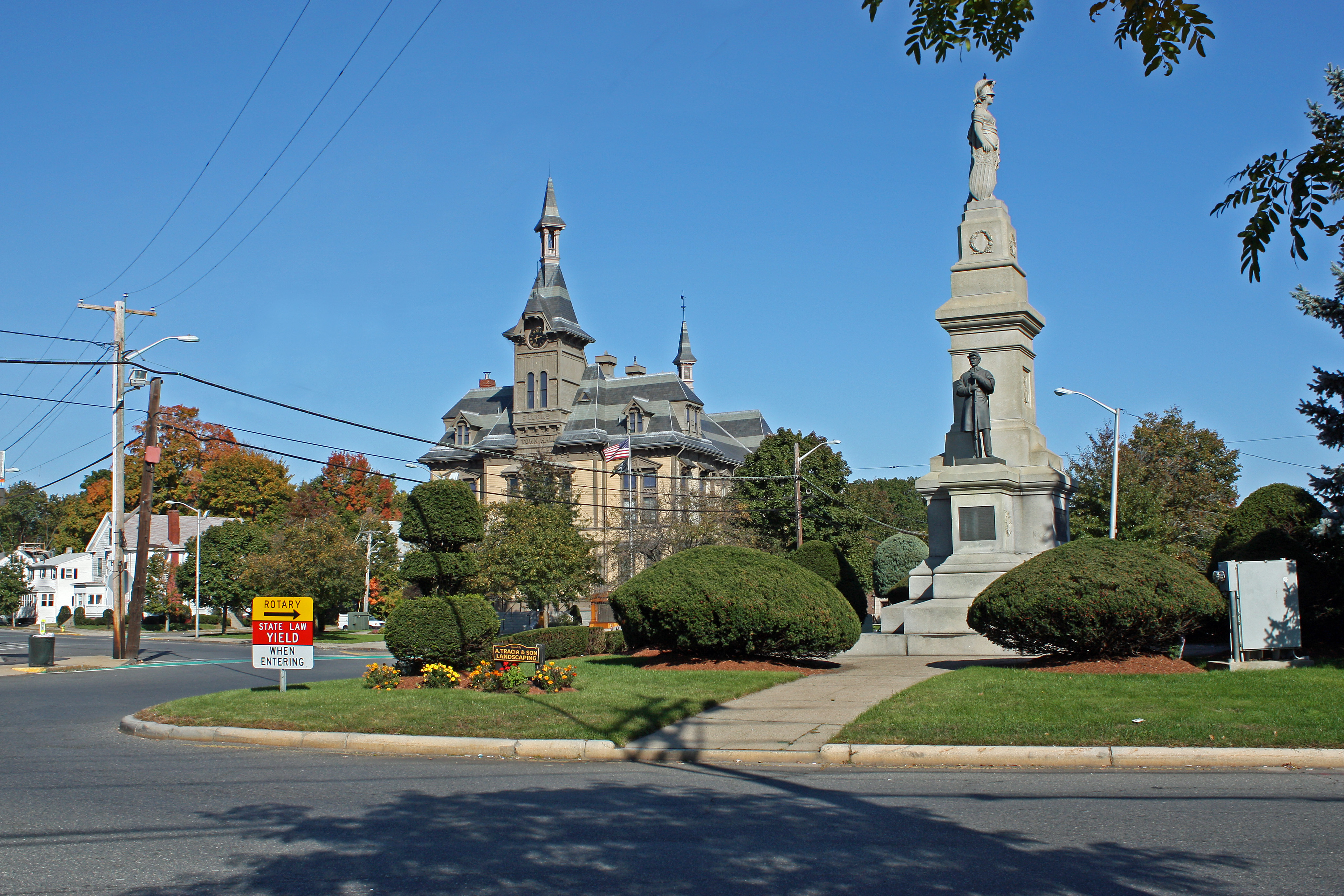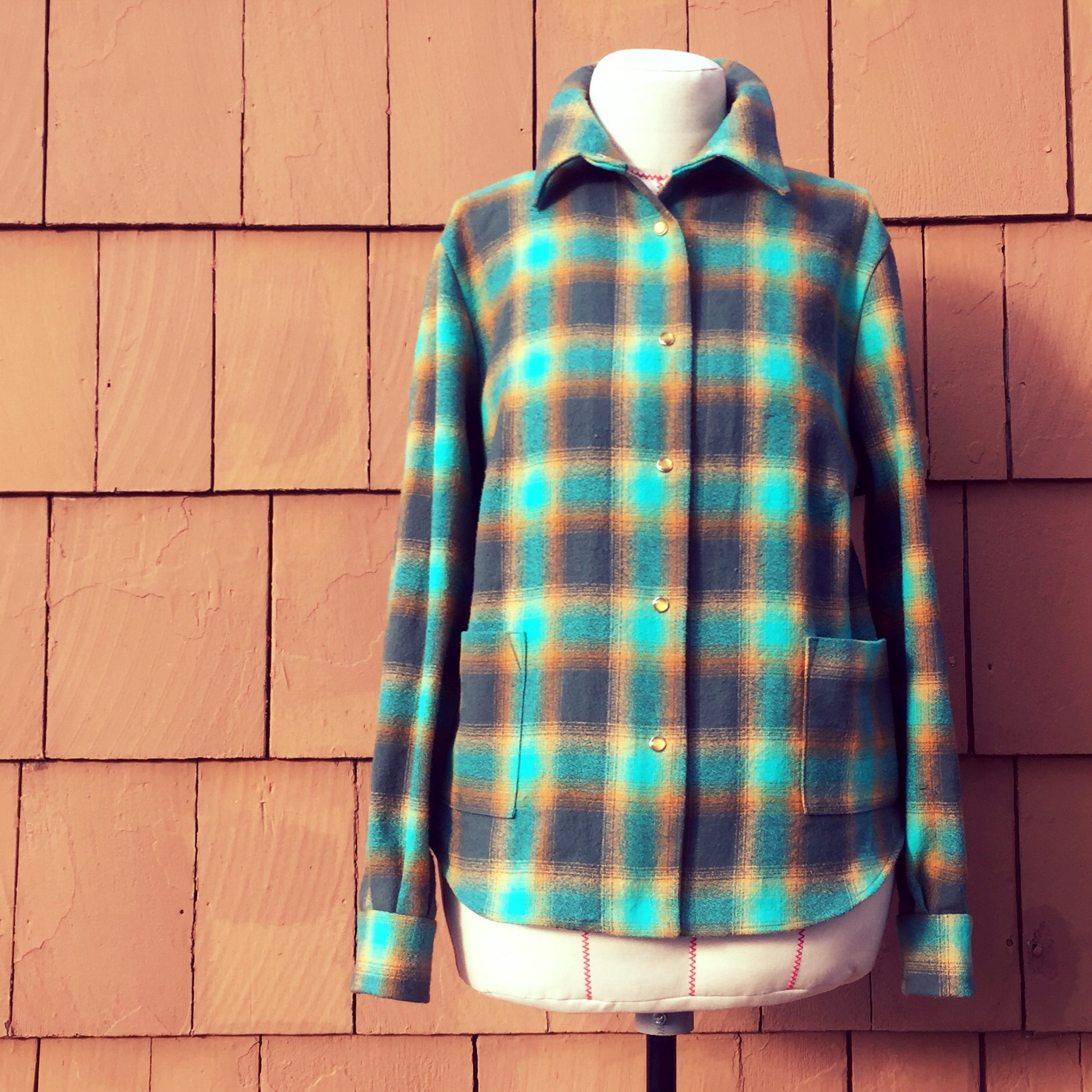|
Pranker Mills
Pranker Mills, also known as the Iroquois Mills, is a former American textile mill located in Saugus, Massachusetts that was in operation from 1822 to 1915. Construction of the dam and early mills In 1770, Ebenezer Hawkes constructed a roughly made dam about five rods north of the old Saugus Iron Works dam. He also constructed a canal, a grist mill, and a saw mill. In 1794, chocolate manufacturer Benjamin Sweetser, who became one of the most successful chocolate makers in the United States, purchased the property. Around 1796, Sweetser constructed a new chocolate factory about seventy feet northwest of the grist mill. Around 1800, he constructed a new residence north of the factory. From 1816 to 1820, the mill was rented to William Smith, who manufactured chocolate for Chase & Page of Salem, Massachusetts. From 1815 to 1822, the grist and saw mills were leased to Robert Eames, who manufactured dye woods. William Gray and early years In 1822, duck cloth manufacturer William Gray too ... [...More Info...] [...Related Items...] OR: [Wikipedia] [Google] [Baidu] |
Textile Mill
Textile Manufacturing or Textile Engineering is a major industry. It is largely based on the conversion of fibre into yarn, then yarn into fabric. These are then dyed or printed, fabricated into cloth which is then converted into useful goods such as clothing, household items, upholstery and various industrial products. Different types of fibres are used to produce yarn. Cotton remains the most widely used and common natural fiber making up 90% of all-natural fibers used in the textile industry. People often use cotton clothing and accessories because of comfort, not limited to different weathers. There are many variable processes available at the spinning and fabric-forming stages coupled with the complexities of the finishing and colouration processes to the production of a wide range of products. History Textile manufacturing in the modern era is an evolved form of the art and craft industries. Until the 18th and 19th centuries, the textile industry was a household work. ... [...More Info...] [...Related Items...] OR: [Wikipedia] [Google] [Baidu] |
Loom
A loom is a device used to weave cloth and tapestry. The basic purpose of any loom is to hold the warp threads under tension to facilitate the interweaving of the weft threads. The precise shape of the loom and its mechanics may vary, but the basic function is the same. Etymology and usage The word "loom" derives from the Old English ''geloma'', formed from ''ge-'' (perfective prefix) and ''loma'', a root of unknown origin; the whole word ''geloma'' meant a utensil, tool, or machine of any kind. In 1404 "lome" was used to mean a machine to enable weaving thread into cloth. By 1838 "loom" had gained the additional meaning of a machine for interlacing thread. Weaving Weaving is done by intersecting the longitudinal threads, the warp, i.e. "that which is thrown across", with the transverse threads, the weft, i.e. "that which is woven". The major components of the loom are the warp beam, heddles, harnesses or shafts (as few as two, four is common, sixteen not unheard of), s ... [...More Info...] [...Related Items...] OR: [Wikipedia] [Google] [Baidu] |
1915 Disestablishments In Massachusetts
Events Below, the events of World War I have the "WWI" prefix. January * January – British physicist Sir Joseph Larmor publishes his observations on "The Influence of Local Atmospheric Cooling on Astronomical Refraction". *January 1 ** WWI: British Royal Navy battleship HMS ''Formidable'' is sunk off Lyme Regis, Dorset, England, by an Imperial German Navy U-boat, with the loss of 547 crew. ** Battle of Broken Hill: A train ambush near Broken Hill, New South Wales, Australia, is carried out by two men (claiming to be in support of the Ottoman Empire) who are killed, together with 4 civilians. * January 5 – Joseph E. Carberry sets an altitude record of , carrying Capt. Benjamin Delahauf Foulois as a passenger, in a fixed-wing aircraft. * January 12 ** The United States House of Representatives rejects a proposal to give women the right to vote. ** '' A Fool There Was'' premières in the United States, starring Theda Bara as a '' femme fatale''; she quickly becomes o ... [...More Info...] [...Related Items...] OR: [Wikipedia] [Google] [Baidu] |
1822 Establishments In Massachusetts
Eighteen or 18 may refer to: * 18 (number), the natural number following 17 and preceding 19 * one of the years 18 BC, AD 18, 1918, 2018 Film, television and entertainment * ''18'' (film), a 1993 Taiwanese experimental film based on the short story ''God's Dice'' * ''Eighteen'' (film), a 2005 Canadian dramatic feature film * 18 (British Board of Film Classification), a film rating in the United Kingdom, also used in Ireland by the Irish Film Classification Office * 18 (''Dragon Ball''), a character in the ''Dragon Ball'' franchise * "Eighteen", a 2006 episode of the animated television series ''12 oz. Mouse'' Music Albums * ''18'' (Moby album), 2002 * ''18'' (Nana Kitade album), 2005 * '' 18...'', 2009 debut album by G.E.M. Songs * "18" (5 Seconds of Summer song), from their 2014 eponymous debut album * "18" (One Direction song), from their 2014 studio album ''Four'' * "18", by Anarbor from their 2013 studio album ''Burnout'' * " I'm Eighteen", by Alice Cooper commonly ... [...More Info...] [...Related Items...] OR: [Wikipedia] [Google] [Baidu] |
Panic Of 1907
The Panic of 1907, also known as the 1907 Bankers' Panic or Knickerbocker Crisis, was a financial crisis that took place in the United States over a three-week period starting in mid-October, when the New York Stock Exchange fell almost 50% from its peak the previous year. The panic occurred during a time of economic recession, and there were numerous runs on banks and on trust companies. The 1907 panic eventually spread throughout the nation when many state and local banks and businesses entered bankruptcy. The primary causes of the run included a retraction of market liquidity by a number of New York City banks and a loss of confidence among depositors, exacerbated by unregulated side bets at bucket shops. The panic was triggered by the failed attempt in October 1907 to corner the market on stock of the United Copper Company. When that bid failed, banks that had lent money to the cornering scheme suffered runs that later spread to affiliated banks and trusts, leading a week ... [...More Info...] [...Related Items...] OR: [Wikipedia] [Google] [Baidu] |
New Bedford, Massachusetts
New Bedford (Massachusett language, Massachusett: ) is a city in Bristol County, Massachusetts, Bristol County, Massachusetts. It is located on the Acushnet River in what is known as the South Coast (Massachusetts), South Coast region. Up through the 17th century, the area was the territory of the Wampanoag Native American people. English colonists bought the land on which New Bedford would later be built from the Wampanoag in 1652, and the original colonial settlement that would later become the city was founded by English Quakers in the late 17th century. The town of New Bedford itself was officially incorporated in 1787. During the first half of the 19th century, New Bedford was one of the world's most important whaling ports. At its economic height during this period, New Bedford was the wealthiest city in the world per capita. New Bedford was also a Abolitionism in New Bedford, Massachusetts, center of abolitionism at this time. The city attracted many freed or escaped Afric ... [...More Info...] [...Related Items...] OR: [Wikipedia] [Google] [Baidu] |
John Armitage (manufacturer)
John Armitage (1812–1893) was a Scottish-American textile manufacturer and politician. Personal life Armitage was born on August 20, 1812, in Jedburgh. In 1838 he married Nancy Goodhue. They had 10 children, 7 of whom survived into adulthood. In 1865 the Armitages had a large estate constructed on five acres of land on Summer Street in Saugus. Business career Armitage worked in the woolen business for many years as a laborer, spinner, and weaver before becoming a partner in Edward Pranker Edward Pranker (1792–1865) was an English-American textile manufacturer who owned the Pranker Mills in Saugus, Massachusetts. Early life and business Pranker was born in 1792 in Wilton, Wiltshire. In 1820 he emigrated to the United States. He e ... & Co. in 1857. In 1860, the company built a two-story, 125 by 60 foot, mill opposite their existing mill that contained four sets of wool manufacturing equipment. Armitage remained with the company until Pranker's death in 1865. He was also a d ... [...More Info...] [...Related Items...] OR: [Wikipedia] [Google] [Baidu] |
Prankers Pond
Prankers Pond (also Lily Pond or Pranker Pond) is one of the largest lakes in Saugus, Massachusetts, United States. It is the center of a recreational area that also includes hiking and picnicking areas. The pond lies east of U.S. Route 1 U.S. Route 1 or U.S. Highway 1 (US 1) is a major north–south United States Numbered Highway that serves the East Coast of the United States. It runs from Key West, Florida, north to Fort Kent, Maine, at the Canadian border, making i ... and southwest of Birch Pond. HomeTownLocator.com, 2008. Accessed 2008-08-22. Named for Edward Pranker, the owner of the [...More Info...] [...Related Items...] OR: [Wikipedia] [Google] [Baidu] |
Saugus River
The Saugus River is a river in Massachusetts. The river is long, drains a watershed of approximately , and passes through Wakefield, Lynnfield, Saugus, and Lynn as it meanders east and south from its source in Lake Quannapowitt in Wakefield (elevation 90 feet) to its mouth in Broad Sound. It has at least eight tributaries: the Mill River; Bennets Pond Brook; the Pines River; Hawkes Brook; Crystal Pond Brook; Beaver Dam Brook; Strawberry Brook; and Shute Brook. Although Native Americans called the river ''Aboutsett'' ("winding stream"), European settlers first called it the River at Saugus, where ''Saugus'' (possibly a native word for "long") arguably named the beach running from Swampscott to Revere (there are competing theories as to the origin of the word "Saugus"). In early European times, alewives and bass Bass or Basses may refer to: Fish * Bass (fish), various saltwater and freshwater species Music * Bass (sound), describing low-frequency sound or one of sever ... [...More Info...] [...Related Items...] OR: [Wikipedia] [Google] [Baidu] |
Bed Sheets
A bed sheet is a rectangular piece of cloth used either singly or in a pair as bedding, which is larger in length and width than a mattress, and which is placed immediately above a mattress or bed, but below blankets and other bedding (such as comforters and bedspreads). A bottom sheet is laid above the mattress, and may be either a flat sheet or a fitted sheet (a sheet which has been sewn with elastic or a drawstring along the hem of the top, sides and bottom of the sheet to prevent it from slipping off of the mattress). A top sheet, in the many countries where they are used, is a flat sheet, which is placed above a bottom sheet and below other bedding. History The term ''bed sheet'' was first used in the 15th century. Bed sheets were traditionally white and made of cotton, linen or silk, however, now various colors and patterns are used. Styles Bed sheets come in two main varieties: flat and fitted. A flat sheet is simply a rectangular sheet of cloth, while a wikt:fitted sh ... [...More Info...] [...Related Items...] OR: [Wikipedia] [Google] [Baidu] |
Saugus, Massachusetts
Saugus is a town in Essex County, Massachusetts, United States, in the Greater Boston area. The population was 28,619 at the 2020 census. Saugus is known as the site of the first integrated iron works in North America. History Native Americans inhabited the area around Saugus for thousands of years prior to the arrival of European settlers in the 1620s. At the time of European arrival, the Naumkeag, also known as Pawtucket, under the leadership of Montowampate were based near present day Saugus and controlled land extending from what is now Boston to the Merrimack River. English settlers took the name ''Sagus'' or ''Saugus'' from the Pawtucket word for "outlet," and used the term to refer to the Saugus River and the region that includes the present day cities and towns of Swampscott, Nahant, Lynn, Lynnfield, Reading, North Reading and Wakefield) which were later renamed Lin or Lynn in 1637, after King's Lynn in Norfolk, England. In 1646, the Saugus Iron Works, then called Ham ... [...More Info...] [...Related Items...] OR: [Wikipedia] [Google] [Baidu] |
Flannel
Flannel is a soft woven fabric, of various fineness. Flannel was originally made from carded wool or worsted yarn, but is now often made from either wool, cotton, or synthetic fiber. Flannel is commonly used to make tartan clothing, blankets, bed sheets, and sleepwear. Flannel may be brushed to create extra softness or remain unbrushed. Brushing is a mechanical process wherein a fine metal brush rubs the fabric to raise fine fibres from the loosely spun yarns to form a nap on one or both sides. If the flannel is not napped, it gains its softness through the loosely spun yarn in its woven form. The term "flannel shirt" is often mistakenly used to refer to any shirt with a plaid or tartan pattern. However, 'flannel' refers simply to the fabric, and not all flannel shirts are plaid. History The origin of the word is uncertain, but a Welsh origin has been suggested as fabric similar to flannel can be traced back to Wales, where it was well known as early as the 16th century. The ... [...More Info...] [...Related Items...] OR: [Wikipedia] [Google] [Baidu] |







